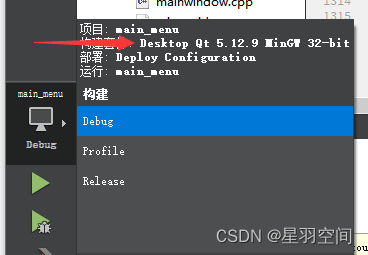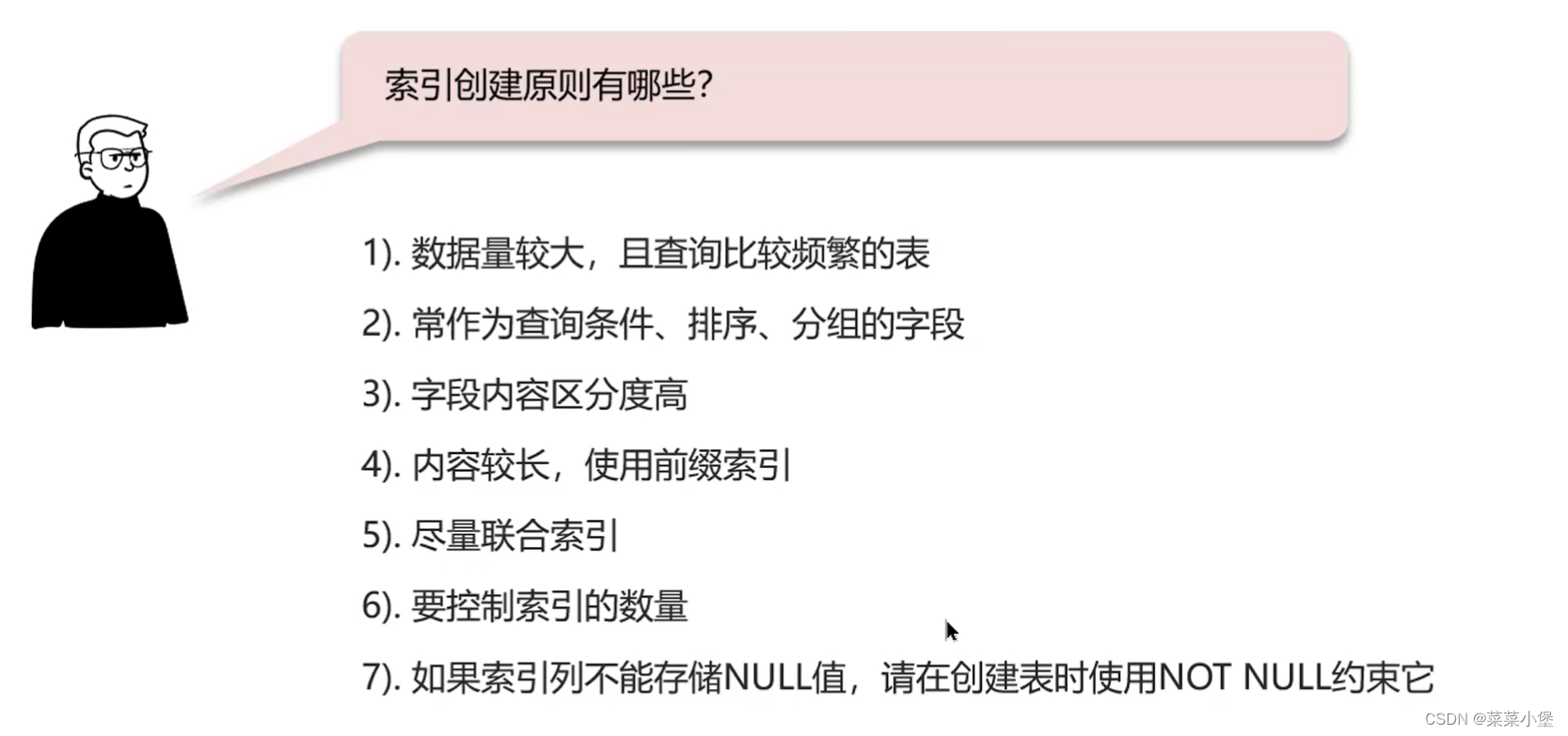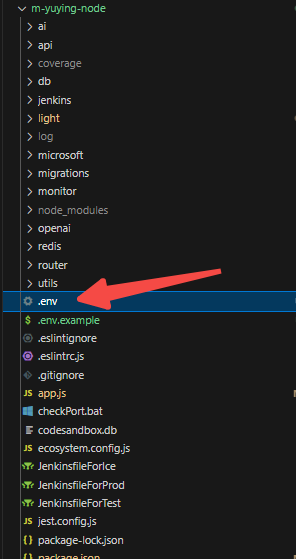代码很简单,看看就可以了,不用多说。
定义组件:实现html节点与数据初始化、更新
<script setup lang="ts">javascript">
import { Graph, Shape } from "@antv/x6";
import { onMounted, reactive, ref, watch } from "vue";
import useFlowModel from "./useFlowModel";
import flowdata from "./flowdata";
const container: any = ref(null);
Shape.HTML.register({
shape: "custom-html",
effect: ["data"],
html(cell: any) {
const { bgcolor, label } = cell.getData();
return `<div style="background:${bgcolor};width:100%;height:100%;">${label}</div>`;
},
});
const flowModel: any = reactive({
graph: null,
datatype: 0,
modeldata: flowdata,
});
const { graphToModelData, modelDataToGraph, addNode, addNodeData } =
useFlowModel(flowModel);
onMounted(() => {
flowModel.graph = new Graph({
container: container.value,
// 设置画布背景颜色
background: {
color: "#F2F7FA",
},
height: 300,
width: 600,
grid: {
visible: true,
type: "doubleMesh",
args: [
{
color: "#eee", // 主网格线颜色
thickness: 1, // 主网格线宽度
},
{
color: "#ddd", // 次网格线颜色
thickness: 1, // 次网格线宽度
factor: 4, // 主次网格线间隔
},
],
},
});
flowModel.graph.fromJSON(flowModel.modeldata); // 渲染元素
flowModel.graph.centerContent(); // 居中显示
flowModel.graph.on("cell:changed", (val: any) => {
graphToModelData(val);
});
watch(
() => flowModel.modeldata.cells.map((el: any) => JSON.stringify(el.data)),
(newVal, oldVal) => {
modelDataToGraph(newVal, oldVal);
},
{ deep: true }
);
});
</script>
<template>
<template
v-if="flowModel.modeldata?.cells && flowModel.modeldata?.cells[0]?.position"
>
<input type="number" v-model="flowModel.modeldata.cells[0].position.x" />
<input type="text" v-model="flowModel.modeldata.cells[0].data.label" />
<input type="text" v-model="flowModel.modeldata.cells[0].data.bgcolor" />
</template>
【{{ flowModel.modeldata?.cells && flowModel.modeldata?.cells[0].position }}】
<button @click="addNode()">加G</button>
<button @click="addNodeData()">加A</button>
<button
@click="console.log(666.1001, flowModel.modeldata.cells[0].x, flowModel)"
>
实时
</button>
<div id="container" ref="container"></div>
<div class="as-show-model">{{ flowModel.modeldata }}</div>
</template>
<style scoped>
html,
body {
margin: 0;
padding: 0;
}
.as-show-model {
display: inline-block;
white-space: pre-wrap;
overflow: auto;
height: 300px;
width: 300px;
}
.custom-html {
outline: 1px dashed bisque;
}
#container {
display: inline-block;
background-color: rgb(248, 255, 240);
margin-right: 8px;
margin-left: 8px;
border-radius: 5px;
box-shadow: 0 12px 5px -10px rgb(0 0 0 / 10%), 0 0 4px 0 rgb(0 0 0 / 10%);
}
</style>
基本函数处理
export default (flowModel: any) => {
function modelDataToGraph(newVal: any, oldVal: any) {
// console.log(666.333, oldVal, newVal);
if (flowModel.datatype) {
flowModel.datatype = 0;
} else if (
!oldVal?.length ||
!newVal?.length ||
oldVal?.length !== newVal?.length
) {
flowModel.graph.fromJSON(flowModel.modeldata);
} else {
const nowCells: any = flowModel.graph.getCells();
newVal.forEach((el: any, index: number) => {
if (!oldVal.includes(el)) {
flowModel.datatype = 2;
nowCells[index].setProp({
data: JSON.parse(el),
});
}
});
}
}
function graphToModelData(val: any) {
// const { cell, options } = val;
if (flowModel.datatype) {
flowModel.datatype = 0;
} else {
flowModel.datatype = 1;
flowModel.modeldata = flowModel.graph.toJSON();
}
}
function addNodeData() {
flowModel.modeldata.cells.push({
position: {
x: 30,
y: 40,
},
size: {
width: 100,
height: 40,
},
data: {
bgcolor: "#8f8f8f",
label: "我是节点",
color: "#333232",
a: { B: 1 },
},
attrs: {
text: {
text: "我是节点",
},
body: {
stroke: "#8f8f8f",
strokeWidth: 1,
fill: "#fff",
rx: 6,
ry: 6,
},
},
visible: true,
shape: "custom-html",
id: "node1" + Date.now(),
zIndex: 1,
});
}
function addNode() {
flowModel.graph.addNode({
shape: "custom-html",
x: 60,
y: 100,
width: 80,
height: 40,
data: {
bgcolor: "#8f8f8f",
label: "我是节点",
},
});
}
return { graphToModelData, modelDataToGraph, addNode, addNodeData };
};
演示数据
export default {
cells: [
{
position: {
x: 30,
y: 40,
},
size: {
width: 120,
height: 40,
},
data: {
bgcolor: "#8f8f8f",
label: "我是节点",
color: "#333232",
a: { B: 1 },
},
attrs: {},
visible: true,
shape: "custom-html",
id: "node1",
zIndex: 1,
},
{
position: {
x: 160,
y: 180,
},
size: {
width: 111,
height: 40,
},
attrs: {
text: { text: "世界你好" },
body: {
stroke: "#8f8f8f",
strokeWidth: 1,
fill: "#fff",
rx: 6,
ry: 6,
},
},
visible: true,
shape: "rect",
id: "node2",
zIndex: 1,
},
{
position: {
x: 190,
y: 100,
},
size: {
width: 160,
height: 40,
},
data: {
bgcolor: "#8f8f8f",
label: "my test",
color: "#333232",
a: { B: 1 },
},
attrs: {},
visible: true,
shape: "custom-html",
id: "node3",
zIndex: 1,
},
{
shape: "edge",
attrs: {
label: {
text: "x6",
},
line: {
stroke: "#8f8f8f",
strokeWidth: 1,
},
},
id: "0d9f0031-f018-413c-9631-1cd21d2f8c1f",
source: {
cell: "node1",
},
target: {
cell: "node2",
},
labels: [
{
attrs: {
label: {
text: "x6",
},
},
},
],
zIndex: 1,
},
],
};





